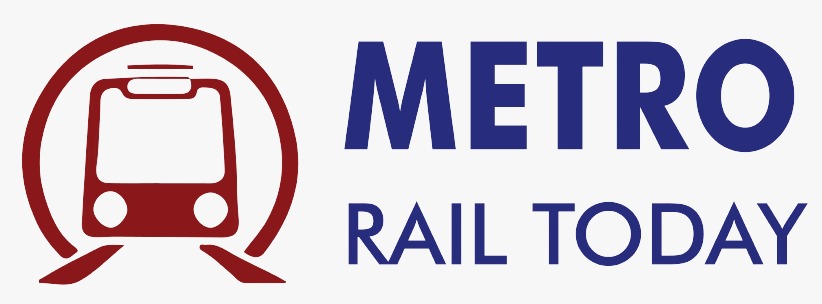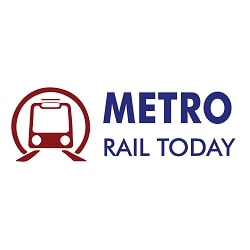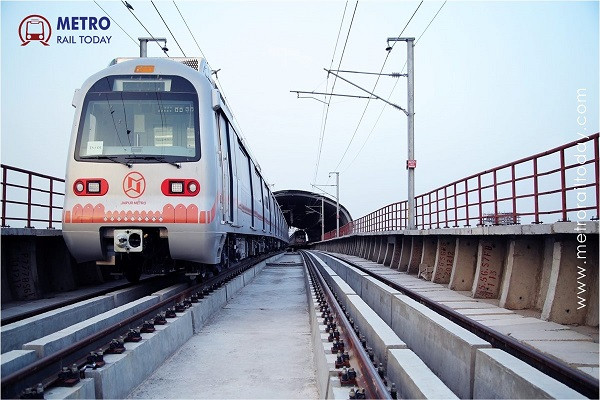 First global civil tender worth ₹1,145 crore launched for Jaipur Metro Phase 2 Project
First global civil tender worth ₹1,145 crore launched for Jaipur Metro Phase 2 Project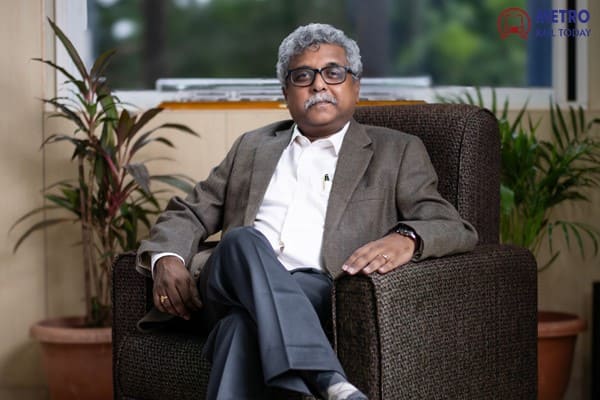 Vande Bharat to Vision 2047 — How ICF is Leading India’s Next Rail Revolution?
Vande Bharat to Vision 2047 — How ICF is Leading India’s Next Rail Revolution?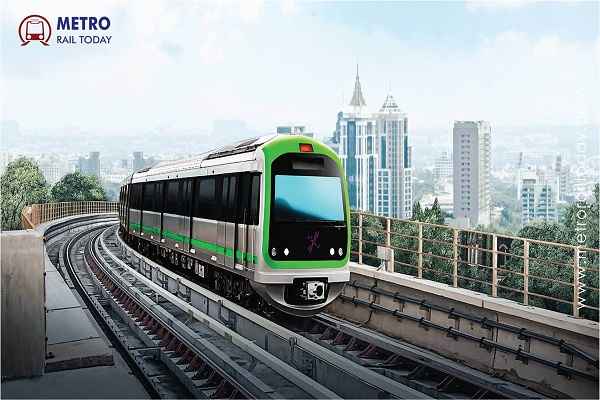 India's first Bengaluru–Hosur Interstate Metro Corridor declared Technically Infeasible
India's first Bengaluru–Hosur Interstate Metro Corridor declared Technically Infeasible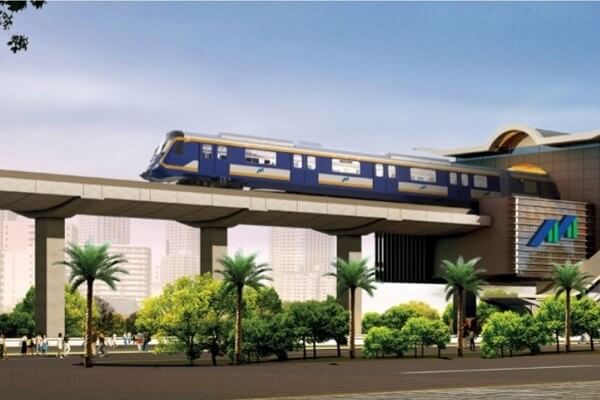 MMRDA awards ₹129.63 crore contract for Multimodal Integration on Mumbai Metro Lines 4 & 4A
MMRDA awards ₹129.63 crore contract for Multimodal Integration on Mumbai Metro Lines 4 & 4A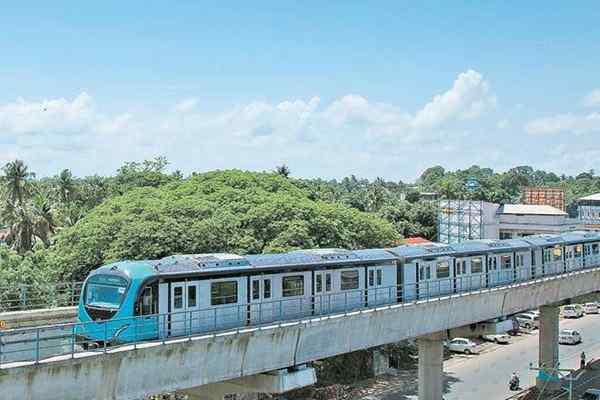 First U-Girder installed on JLN Stadium–Infopark Corridor of Kochi Metro Phase 2
First U-Girder installed on JLN Stadium–Infopark Corridor of Kochi Metro Phase 2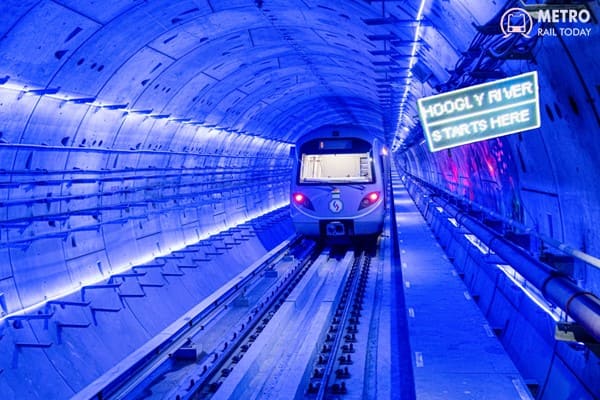 Kolkata Metro Marks 41 Years of Service to the City of Joy
Kolkata Metro Marks 41 Years of Service to the City of Joy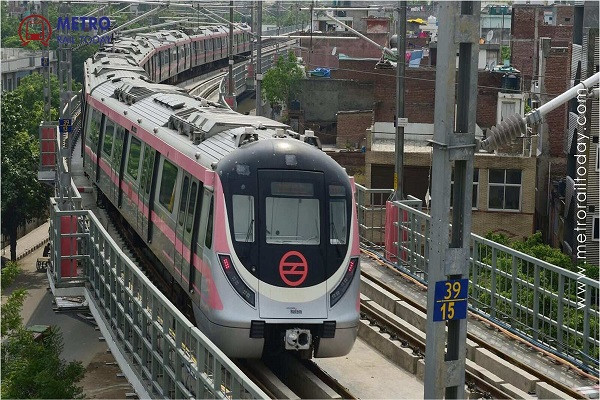 DMRC to introduce Driverless Trains on Delhi Metro Phase 4 Corridors
DMRC to introduce Driverless Trains on Delhi Metro Phase 4 Corridors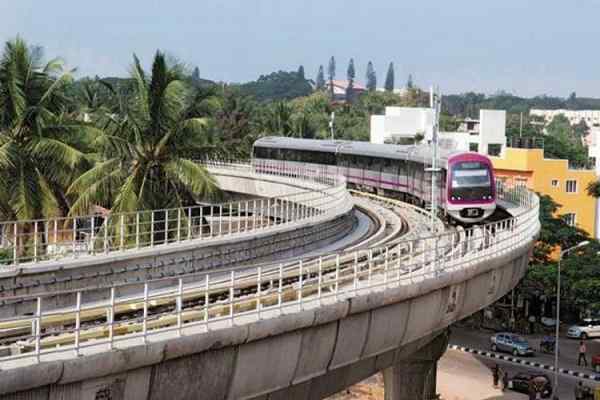 Karnataka proposes Centre of Excellence for Railways and Mobility Innovation
Karnataka proposes Centre of Excellence for Railways and Mobility Innovation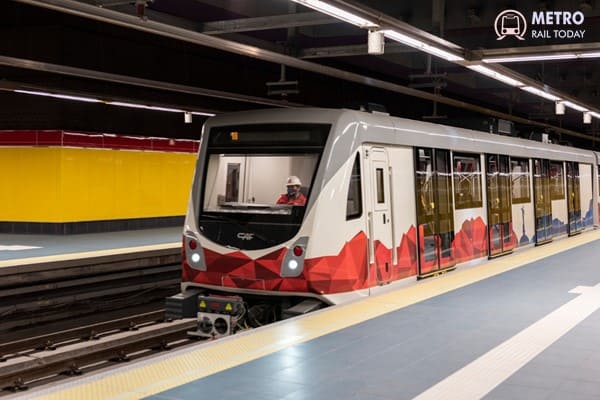 Egypt and Japan approve Greater Cairo Metro Line 4 Project
Egypt and Japan approve Greater Cairo Metro Line 4 Project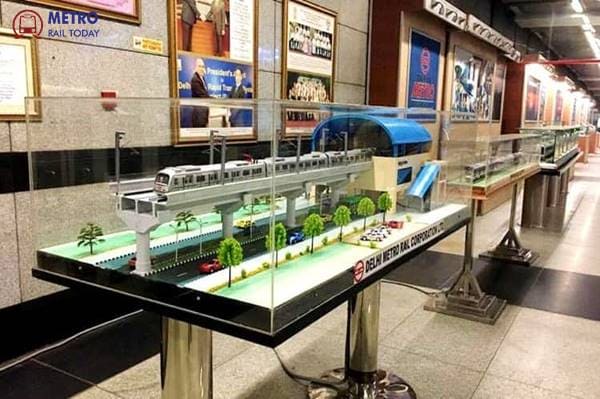 Metro Rail Today continues its legacy as Official Media Partner for 18th Urban Mobility India 2025
Metro Rail Today continues its legacy as Official Media Partner for 18th Urban Mobility India 2025
Govt of India approves Bangalore Metro's ₹28,405 crore Sarjapur-Hebbal Metro Line

Bengaluru, India (Metro Rail Today): In a major boost to Bengaluru’s public transportation infrastructure, the state cabinet has officially approved the ₹28,405 crore Phase 3A line of Bangalore Metro Rail Project, connecting Sarjapur to Hebbal. The 36.6-kilometer line, which will feature both elevated and underground sections, is set to enhance connectivity between key regions of the city, particularly the bustling IT hub in the east and the northern localities of Bengaluru.
The Sarjapur-Hebbal line is divided into two main sections: a 22.1 km elevated corridor with 17 stations, and a 14.5 km underground stretch comprising 11 stations. This new line will start with an elevated section at Sarjapur and seamlessly integrate with the Blue Line (Central Silk Board to Kempegowda International Airport) at Iblur. The route will pass through key areas such as Koramangala, where the line will transition underground.
One of the most significant features of the project is its integration with multiple existing and future metro lines. At Dairy Circle, the Sarjapur-Hebbal line will intersect with the Pink Line (Kalena Agrahara to Nagawara), while in the central business district (CBD), the line will connect with the operational Purple Line. Notable stations in the underground stretch will include Town Hall, KR Circle, Basaveshwara Circle, and Golf Course.
The final station at Hebbal will serve as a major interchange, offering access to the Blue Line and the proposed Orange Line (Kempapura to JP Nagar), further enhancing the city’s metro network.
Strategic Importance for Bengaluru’s Growth
The Sarjapur-Hebbal line will bridge the IT corridor of east Bengaluru with the northern regions, addressing the growing demand for efficient public transport in these rapidly developing areas. This line is expected to alleviate traffic congestion, promote sustainable mobility, and reduce commute times for thousands of daily passengers.
The new line was highlighted in the Comprehensive Mobility Plan (CMP) of 2020, and its approval marks an important step towards transforming Bengaluru’s public transport landscape. Following the state cabinet's approval, the project will now be forwarded to the central government for further sanction, including the approval to raise loans for its implementation.
Phase 3A and Bangalore Metro’s Expanding Network
Bangalore Metro has already achieved significant milestones with the completion of Phase 1 (42.3 km), which was fully commissioned in 2017, though initially planned for completion in 2012. Phase 2, which aims to cover 72 km, has seen delays, with only 34.6 km of the network operational to date. The cost of Phase 2 has escalated from Rs 26,405 crore to Rs 40,614 crore due to these delays.
The new Sarjapur-Hebbal line is part of the broader Phase 3 expansion of Namma Metro, which will eventually span over 100 km, further strengthening Bengaluru's metro connectivity. BMRCL (Bangalore Metro Rail Corporation Limited) is also working on additional projects, including the 58 km line from Central Silk Board to the Kempegowda International Airport, and the 44 km Phase 3 corridors connecting Kempapura to JP Nagar and Hosahalli to Kadabagere.
Challenges and Progress
Despite significant progress, Bangalore Metro has faced challenges, particularly with the procurement of Metro coaches. The Yellow Line, connecting RV Road to Bommasandra, has been ready for commercial operations for over a year and a half but is yet to be fully utilized due to delays in coach supply.
In Phase 3, the project is still in the geotechnical survey stage, a critical step before civil construction work can commence. This ongoing development is expected to eventually provide a seamless metro experience for commuters traveling across the city’s diverse regions.
As Bangalore Metro continues to expand, it is poised to become a vital component of Bengaluru’s transport network, reducing dependence on road traffic and supporting the city’s rapid growth. The Sarjapur-Hebbal line’s approval brings the city closer to realizing a modern, efficient, and integrated metro system that will enhance daily commutes and contribute to sustainable urban development.
